What do you feel is the greatest thing about Charles Darwin?
A. He came up with the theory that species evolve over time.
B. He had a mighty hipster beard.
C. He insisted that humans are all one species.
D. He named his ship after the author of The Last Unicorn.
E. He realized that the illusion of design could emerge from random factors.
I say C. After that, B, I guess (the beard is something). D is interesting, but impossible (unless Charles was a time traveler which, come to think of it, we shouldn’t rule out). In any case, since here on Muddy Colors we focus on the joy and the agony of making art, I will be talking about E.
Darwin’s profound insight could have significant implications for your artmaking, yet it is so counter-intuitive that many people miss its significance. So let’s hear it again: Random, that’s right RAN-DOM mutations and RANDOM genetic recombination, leads to the illusion of design, of intention, of purpose. Wings for flying, the ability to breathe air—ALL RANDOM.
Please accept my deepest apologies for that horrible pun attempt. I suspect Dan is at this moment preparing to fire me. The point is this: the only “purpose” or goal in all this is the individual creature making use of what she has, trying to stay alive, and have kids.
Ok, I know, features like the elephant’s trunk or bird wings don’t appear instantaneously. Over a long period of time copy errors (mistakes!) and random combinations that contribute to fitness (better ability to survive) are preserved via “natural selection” (which is kind of a positive spin on what is really brutal elimination of everything else). Eventually the current generation no longer resembles its great-great-great-yougettheidea-grandparents, and we have this incredible diversity of life, with species that appear both fixed and inevitable. But they are neither, and this process has no end, and no goal. No purpose. No design.
So instead of saying “nature is the best designer,” let us perhaps say that randomness + selection produces the best results. Amazing, spectacular results. Now think about that: You can come up with something that is both brilliant, functional and new, without having a plan going in.
In nature this takes a loooong time. And it’s ruthless. Evolution is not a story of wondrous transformation, like a caterpillar becoming a butterfly—it’s one of babies dying before they can grow up. Yikes. Let’s talk about something else.
Free Drawing
Ok, so, earlier this year I started doing a free drawing exercise, as a mindfulness practice. Like many professional illustrators, I pretty much never draw without some specific purpose or end goal. So along comes this practice where it doesn’t matter what I draw. No one is going to see it. It doesn’t have to amount to anything, or even look good. The only point is that I become fully engaged in something that is without purpose (other than the mental health benefits of putting me into this state of mind). Well, that worked. But something else happened too.
These throw away drawings started talking to me. Without an external reason for existing, the drawings themselves took over, directing me. This served the exercise even better— it was infinitely MORE engaging, because I really had to pay attention. I had to listen, and I never knew what to expect. A sort of art-focused heightened sensory awareness kicked in, and the outside world left.
When I’d first start a picture, though, it was a different story. There was this difficult “nearly artless” phase, that would always make me feel like, “Oh, no, I guess this process isn’t going to work anymore.” If you’re going to try this exercise, don’t give up at this stage, and don’t revert to reliable habits.
This is the hardest part: “doodling” without purpose, specifically trying not to regurgitate “girl with sword” or “elf with beautiful hair” or “cute animal,” but you’re also not simply moving the pencil around mindlessly like you’re testing a ballpoint pen. You are drawing nothing—but you are drawing the most important nothings of your life. That’s the state of mind you must aim for. Then, like a flash, you see something. It all clicks. Sometimes it’s just an arrangement of lights and darks, which suggests some kind of abstract organization, and the picture says, “I am this.”
This twofold process of random idea + selection is fundamental to how our minds work. We all generate an endless stream of thoughts, many of which we would never act upon. But we can’t stop the thoughts from coming. Really that is a blessing: your unconscious mind going, “How about this?” Then you are free to choose. As team leader, you want to hear all the ideas, however crazy.
I’m enormously proud of these drawings. Or maybe “pleased with them” is better, since I don’t 100% feel like I am the one who made them.
I’m not saying they are great pieces of art. I am no master of the graphite wondertool, and I’m not sure these pieces are saying anything that anyone wants to hear. But they exhibit strong design (a.k.a. composition): they’re dynamic and interesting, with powerful shape language, balance and rhythm, all purely in the abstract sense—at least compared to what I can usually achieve, which is a huge deal, and is all that matters for my artistic growth (and yours).
As I got more and more comfortable with drawing without a plan, and saw that, moreover, this was producing good work, I began to let some specific imagery flow in, when it presented itself. Things I had seen or done that day started to appear, like a waking dream.
This one came after I had been researching (stupidly named so-called) “venus” figures (prehistoric female sculptures) and watching Vikings with my son. I was not thinking of these things (or of anything in particular), as I started to draw, yet somehow the unconscious mind recalls and merges the disparate imagery, as happens in dreams. If someone had asked me to combine these two subjects I doubt I would have been able to “engineer” something as strong as this:
Others drew from the well of my favorite literature:
Going Digital
Around this time I happened to have gotten an iPad Pro, and Procreate, to replace the Cintiq as my portable setup. To get comfortable with this tool I decided to go for one week and draw only on it—no Cintiq, no paper. Separately and simultaneously, I was keen to use this new approach in drawings that actually represented something, said something, with a little more focus.
In working on these free drawings I could always and immediately tell if something was good for the picture or not, even though I couldn’t necessarily articulate an objective reason why, nor could I predict what would work before seeing it. With my professional work I often end up with multiple options that all feel equally good. But not here. If something wasn’t really contributing, I’d just get rid of it, and it would feel great to do so, even though I had no idea what I might try instead.
Some would call this a process of trial and error. There’s that word again: error. Mistakes. Really, though? Some things belonged, helped, some things didn’t. Sometimes the worthiness of an element was unclear… until other things changed, then suddenly those earlier things either worked great, or not at all. And the sense of things belonging or not belonging became continually clearer and sharper as the image progressed, from completely formless beginning into something specific. The only requirement was that I not impose myself on the picture too much.
Before this experience, if someone had asked me to do an “abstract” picture, something with powerful and interesting design, but not representing anything or telling a story, I wouldn’t have known where to begin. I would have been terrified, in fact. You caught me, I’m a phony.
The silver lining about being an illustrator is if you can tell a good story and draw and paint well, you can get away with a lot. But now I relish the time of day where I sit with my sketchbook (or iPad) and begin a new journey. There is nothing like it.
When developing one of these pictures, the dialog or conversation goes something like this: “Should these shapes merge? Or should they separate? Should I create that separation with line? Value? Texture or pattern? Where are the lines of flow starting to happen? Is there a theme to the forms? If so, do any not belong? Could / should they be transformed into other things? How is the picture dividing itself into sections? If it isn’t, could it? Should it? Is this area too busy, active? Should it be simplified?” and so on.
This exercise was deeply meaningful for me, because design (composition) is something I struggle with a lot. I often end up either with a solid, boring design, kind of a “nothing wrong with it” thing OR an interesting disaster that can’t hold together. These images have the kind of design I would love to achieve in my representational work, and they were an effortless joy to produce. And who couldn’t use a little more effortless joy in their life?
What does this all mean?
Darwin did not talk about “evolution” but rather descent with modification. What a great phrase for creative work, whether describing the development of an individual piece of art, an artist’s “style,” or their art-making process.
And what about selection? Natural (life and death) or artificial (this stuff we do). Creativity is mostly about this. Choosing what to say yes to and what to say no to.
Here’s the thing—most of the stuff in your art you did not think of. You did not come up with it. You saw it somewhere, probably in someone else’s art, because that person saw something(s) like it somewhere before that. But what you choose is what’s individual about you, and therefore makes it your art.
Selection very much includes keeping your eyes open for potential unintended uses of things. “Hey, these wings work pretty well in water too….” Welcome, Mrs. Penguin. Taking advantage of opportunities, not being so bullheaded that you are always trying to force the picture to be what you want it to be. Sometimes we have to do that, especially as commercial artists. But there is another way.
Fitness is the ultimate test: whether something is good for the picture or not. In our art we must try not to think only in terms of what we like or what we want, or what we believe is “good” or “bad” based on preconceptions, habit, or public sentiment, but rather we must look for what is going to let the picture blossom.
And let’s talk about purpose. Short answer: you need to find your own. You need to find your own meaning and purpose in life, and in your art. Loosening the reins a little and letting your art find its own purpose, or listening as it tells you its purpose, is going to open up possibilities you would never be able to think up. Obviously it is all still coming from you, but a part of you that communicates and senses things differently, and has different priorities. This part of you is not concerned with accolades or success, but with self-actualization. And once this alternate type of momentum gets going, before you know it it’s over and you’re signing the picture.
Nature is beautiful. Nature is harsh. Nature is glorious. So is making art.
Before Darwin people believed forms arose in nature according to some specific end goal, all part of the divine plan. I think that’s how many of us approach picture making. But it doesn’t have to always be like that. By letting things find their own way, a very direct path to your own authentic art and self may be revealed.
The point is to persevere. Your art simply needs to SURVIVE, and then it will grow and prosper. So, though I hate when people write sentences with a period after each word for emphasis, I must say this:
Don’t. Give. Up.
How did we get here, to where this is the conclusion the post? Evolution, I guess, my fine friends.
Mirab, with sails unfurled, until next month.
-Chris


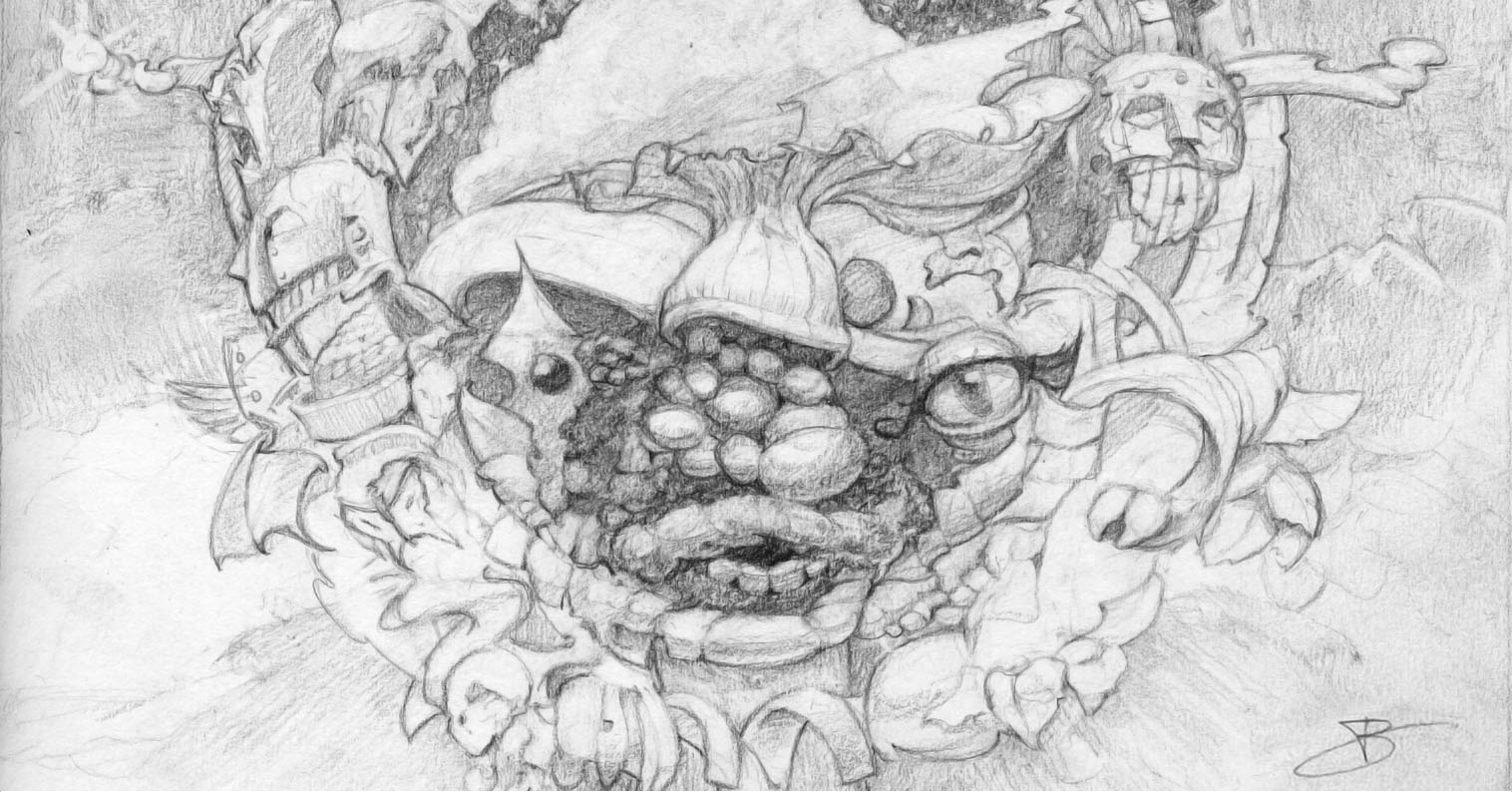
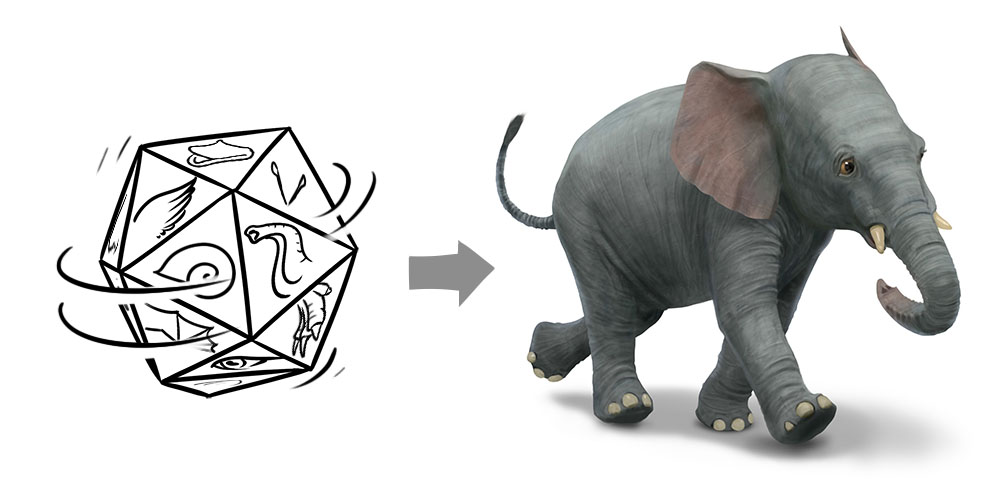
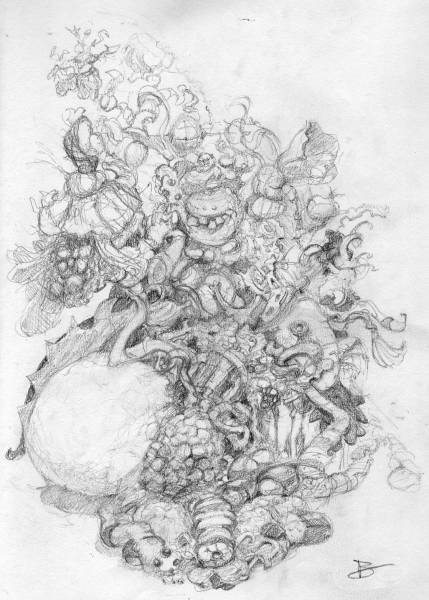
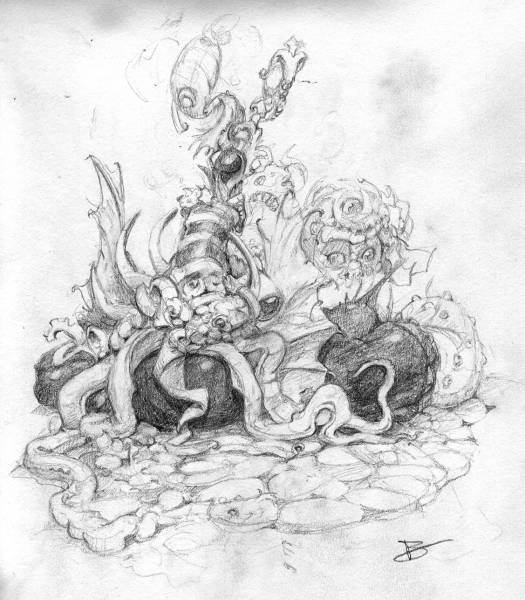
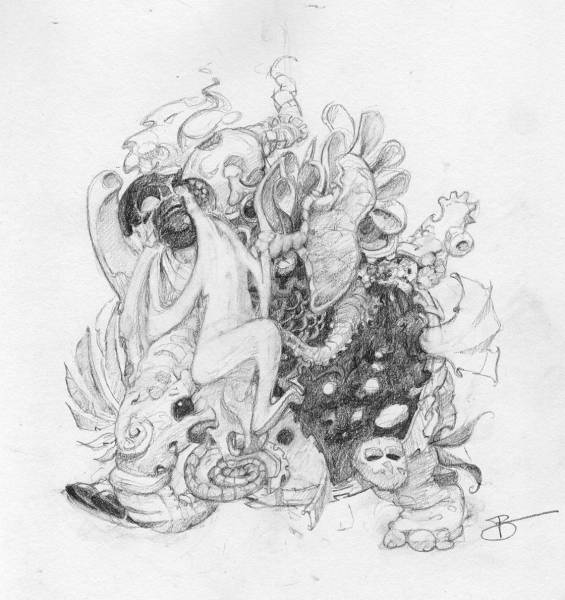

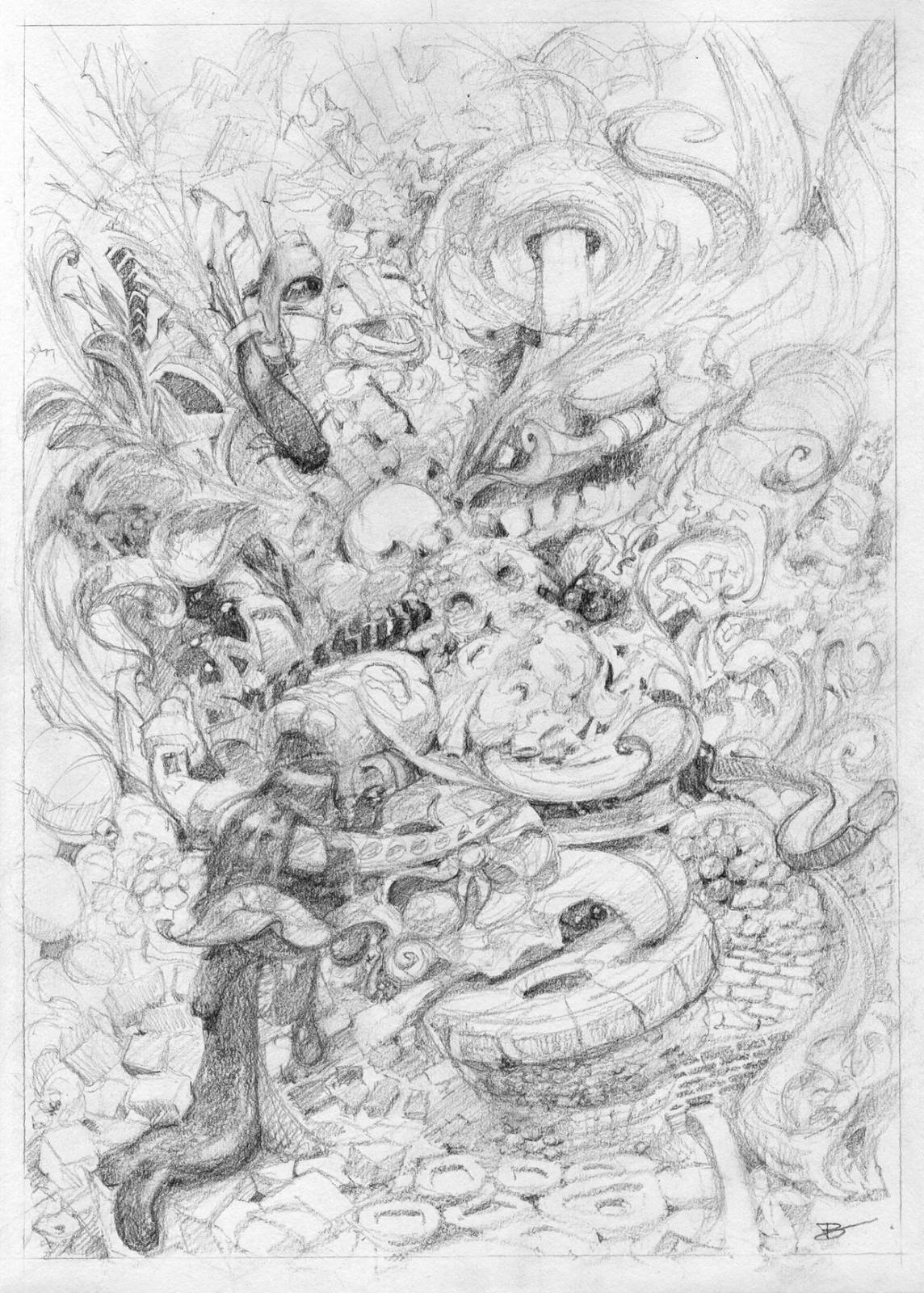
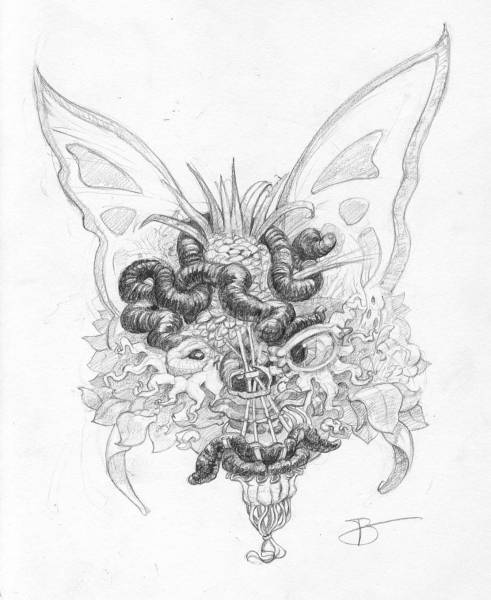
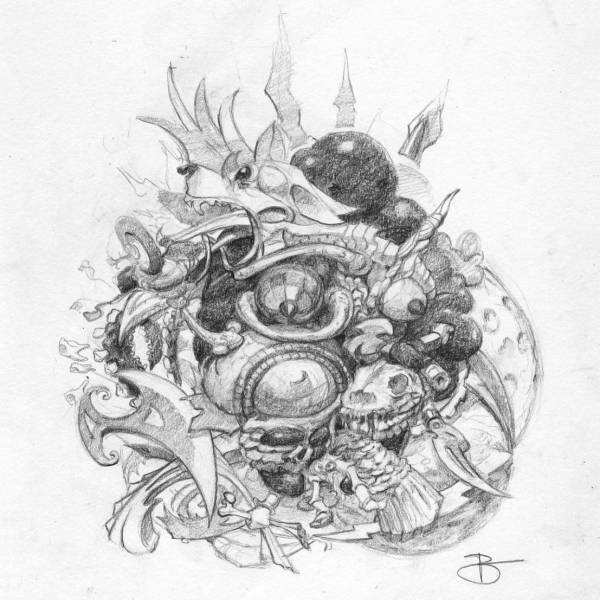
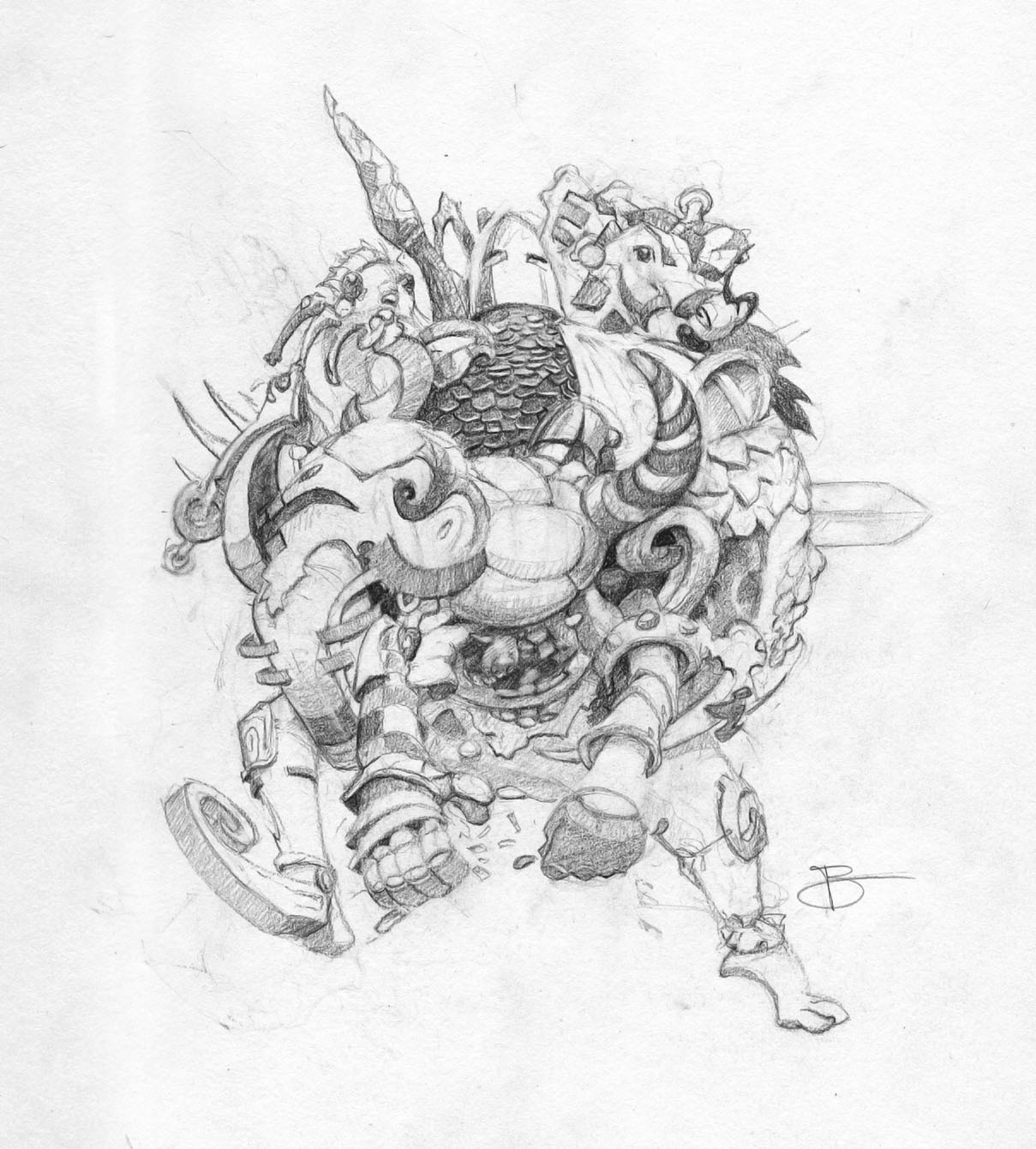
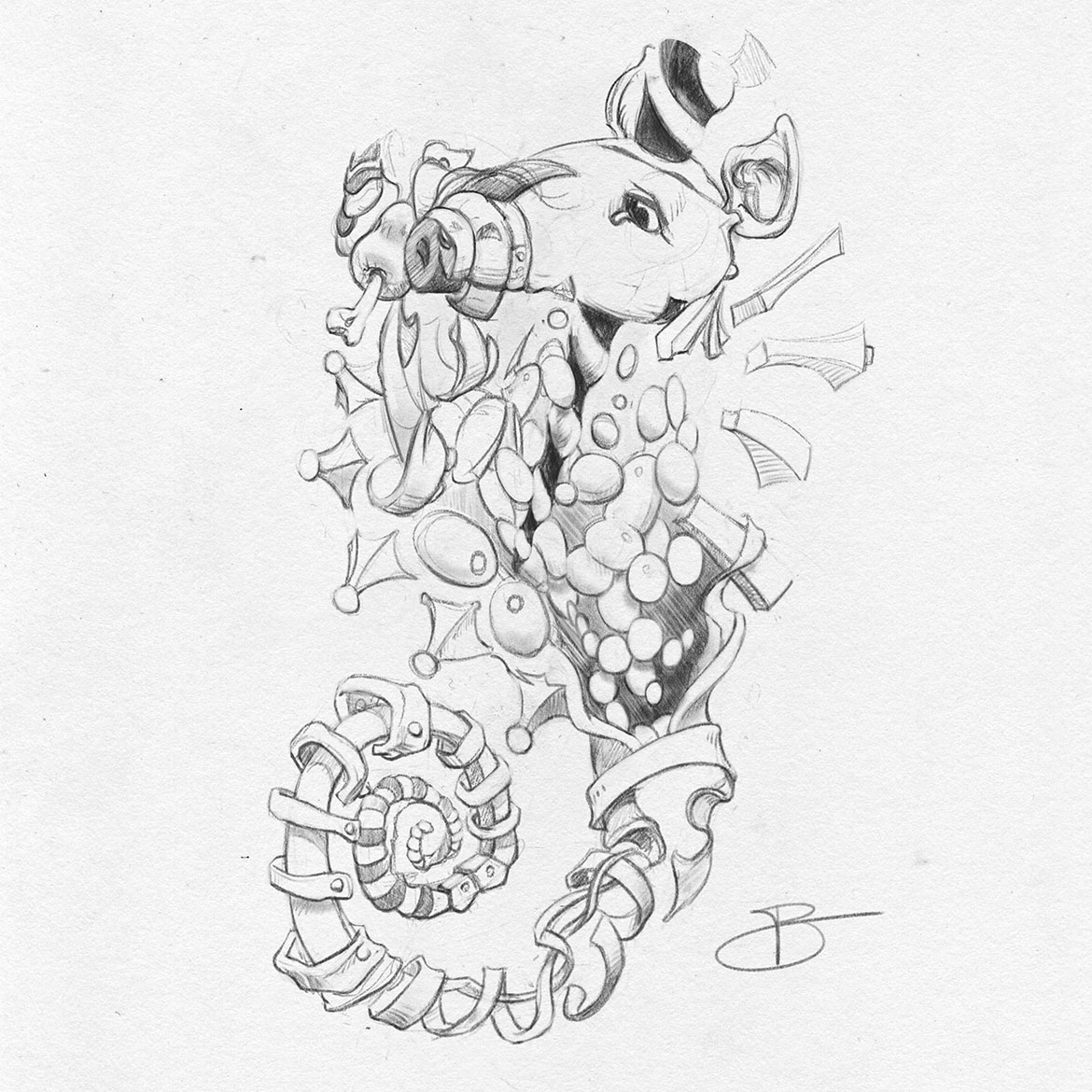
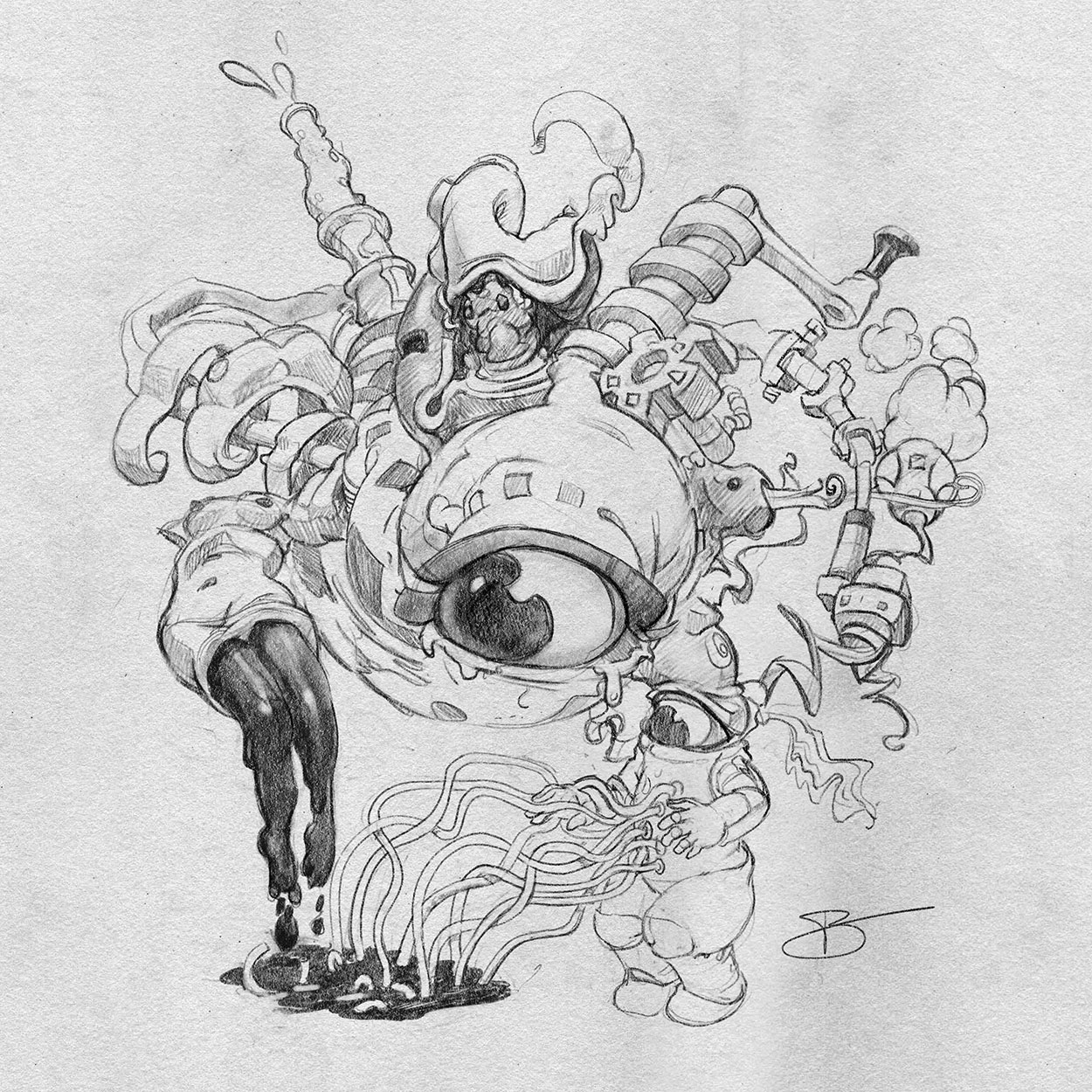
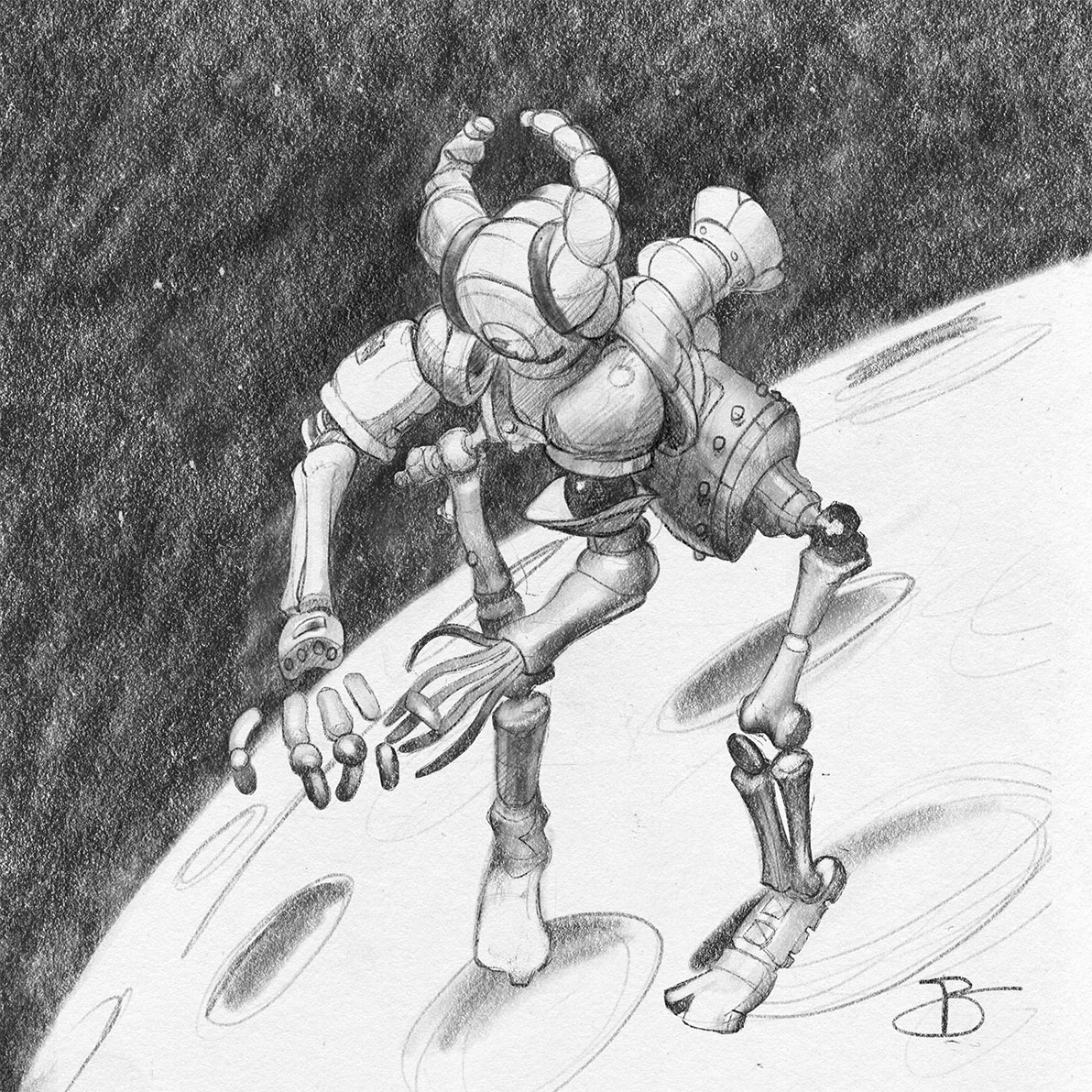
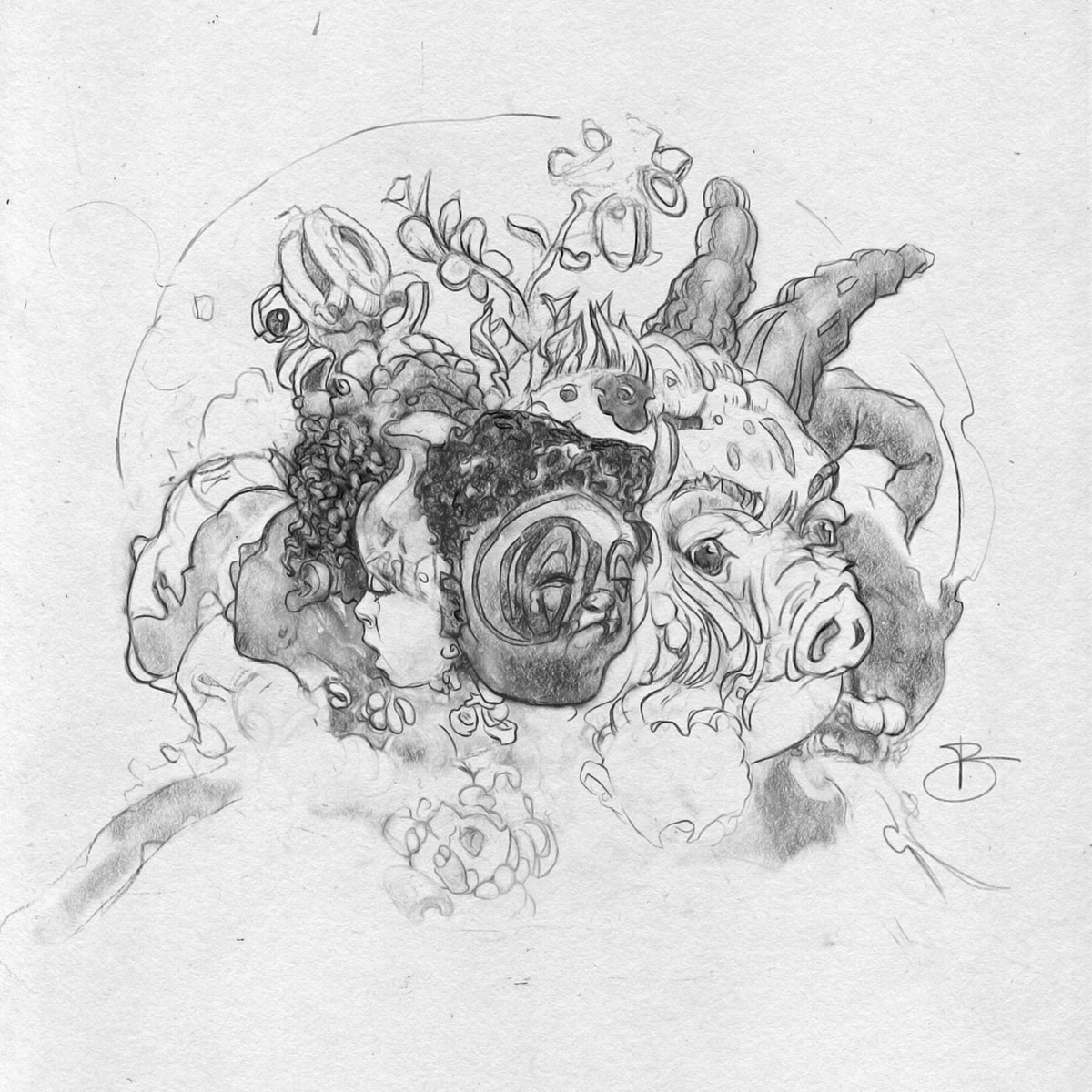
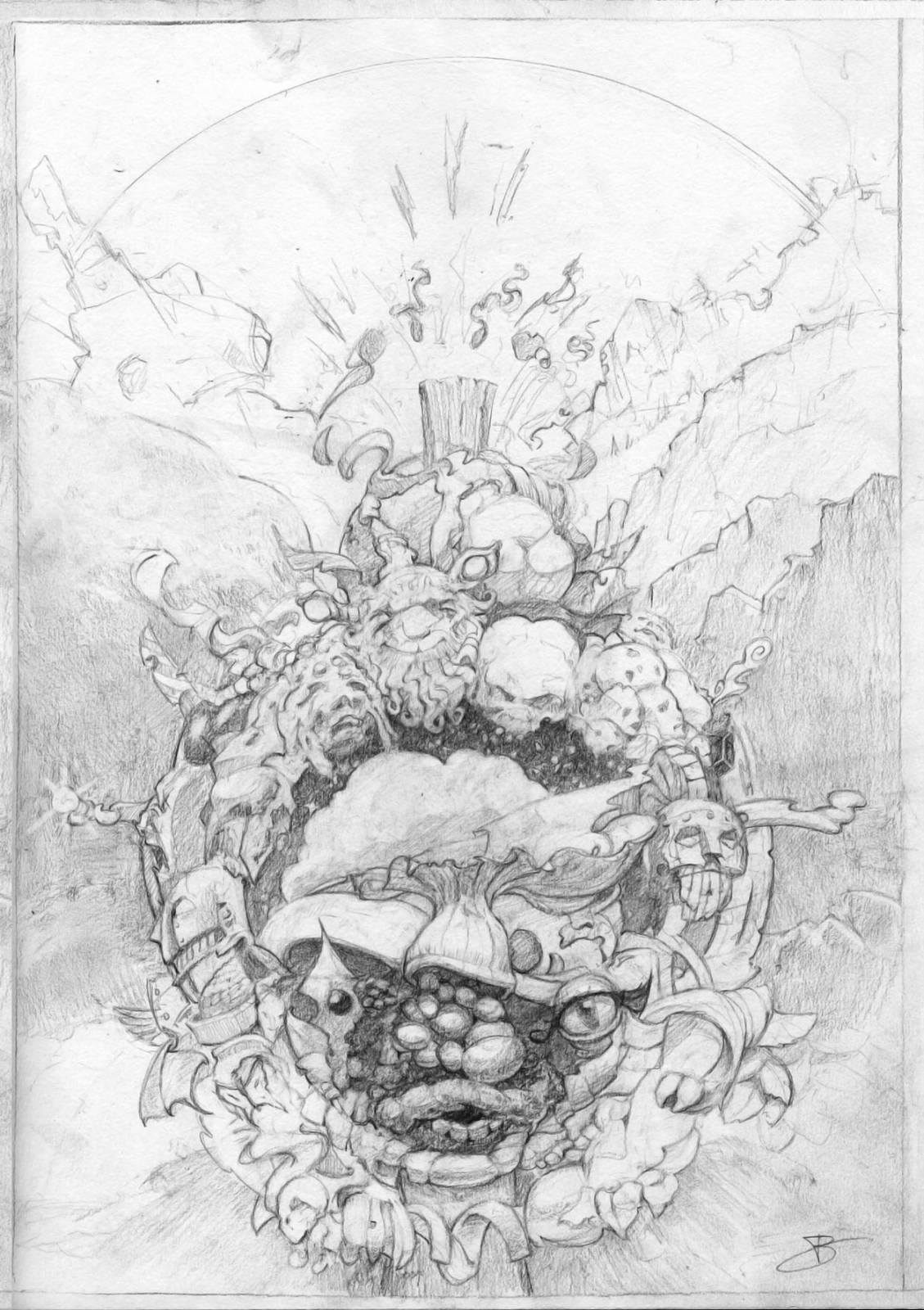
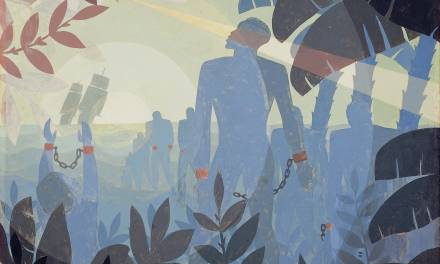
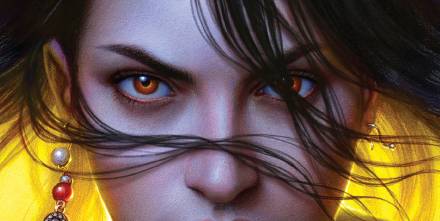
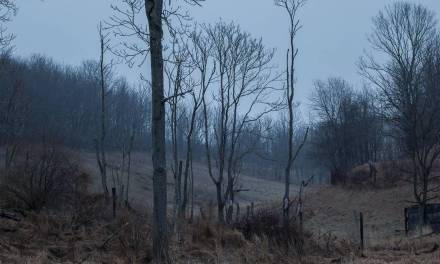
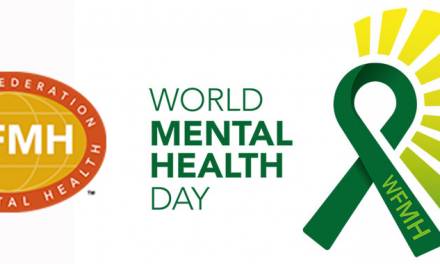
Wonderful article! So helpful I’ll forgive you for the bad pun even if Dan doesn’t.
My bachelor’s is in biology. Evolution was one of my favorite classes because it made so much of the world that had always baffled me understandable. When I shifted to art after my degree I more and more saw the parallels between science and art. Observation, curiosity, experimentation, and wonder for the world we live in are the heart of both.
And yet I hadn’t so directly connected evolution and the development of a single drawing.
“Sometimes the worthiness of an element was unclear… until other things changed, then suddenly those earlier things either worked great, or not at all” evolution is a perfect example for this! Traits only have importance In the context of their environment. If the environment changes then a trait that used to be beneficial can become worthless.
This mindset will help me be less afraid to make changes and alter my work as I go. Feeling like I need a plan that I must stick to has helped me in a lot of ways. But it’s also hurt me. Often the plan needs to change as a pieces grows and evolves and I can’t or don’t want to let it deviate from my original intent. I’ll work to allow things to evolve 🙂
Well said, Carly, and yes, it is a bit of a turning point when we can learn to trust our pictures.
Brilliant, Chris. These are absolutely AWESOME and I’m so stoked for you. Earlier in the year, when I read your first post actually, I built a similar practice, and yes man, it’s food for the soul. I’m certain this is the same territory some of my all-time favorite illustrators discovered in their growth, which allowed them to create drawings exploding with evolution and life (Moebius always comes to mind when I think about this).
Can’t wait to see where this leads you man, great stuff!
Thank you so much for the thoughtful comment, aRIEL.
Very nice article. I disagree with nature being random though… What appears to be random has a purpose, a functional one most of the time, and there’s an underlying intelligent principle that gives form to function in every aspect of the physical universe. There is proportion, arrangement, rhythm, hierarchy and many other of the so called design principles in everything that exists that does so according to this universe possibilities and limitations of shape and form in any scale, from subatomic particles to the cosmos, there’s order, perhaps entropy but order at last.
So in drawing, as much as it can be therapeutic to do free doodling, there will also exist all of these principles occuring from time to time depending on how internalized one has them. So we might want to play with the chaotic hat on but there is no escaping structure and coherence, specially when looking to do appealing drawings with nice draftmanship.